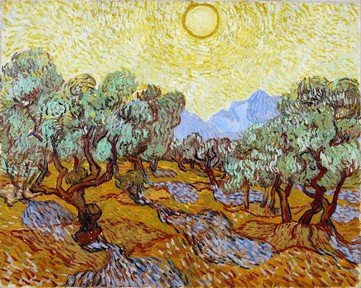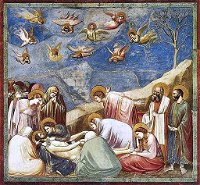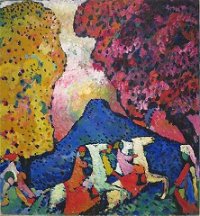
A Study in Blue Trivia Quiz
Feast your eyes on some stunning masterpieces of art in which the colour blue plays a major role, and match them with the artist who created them.
by LadyNym.
Estimated time: 3 mins.
- Home
- »
- Quizzes
- »
- Humanities Trivia
- »
- Art
- »
- Art By Subject











